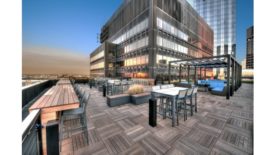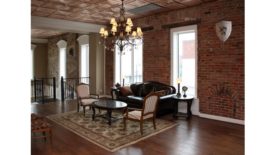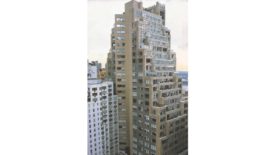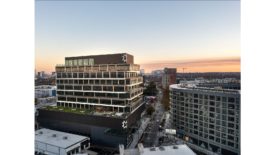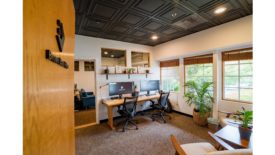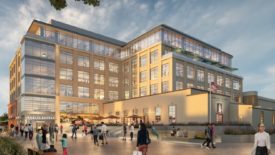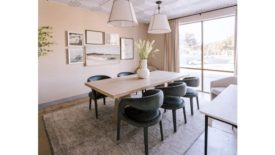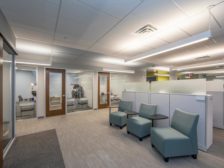Home » Keywords: » office
Items Tagged with 'office'
ARTICLES
Industry Voices
The Construction Phone Alternative
Key questions to choose the right VoIP provider.
Read More
Ceilings Create Bold Office Spaces
UNIQUE CEILING DESIGNS WERE USED TO CREATE A BOLD OFFICE SPACE THAT ALSO OPTIMIZES ACOUSTICS.
August 16, 2021
The Cost of Doing Business…From Home
WHILE THERE ARE GRIEVANCES THAT COME WITH GOING BACK TO THE OFFICE, THE COST OF EXCLUSIVELY WORKING FROM HOME MAY BE TOO HIGH TO PAY.
Read More
Connect with the industry’s leading resource for unparalleled insights and education.
Join thousands of industry professionals today. Shouldn’t you know what they know?
JOIN NOWCopyright ©2024. All Rights Reserved BNP Media.
Design, CMS, Hosting & Web Development :: ePublishing
